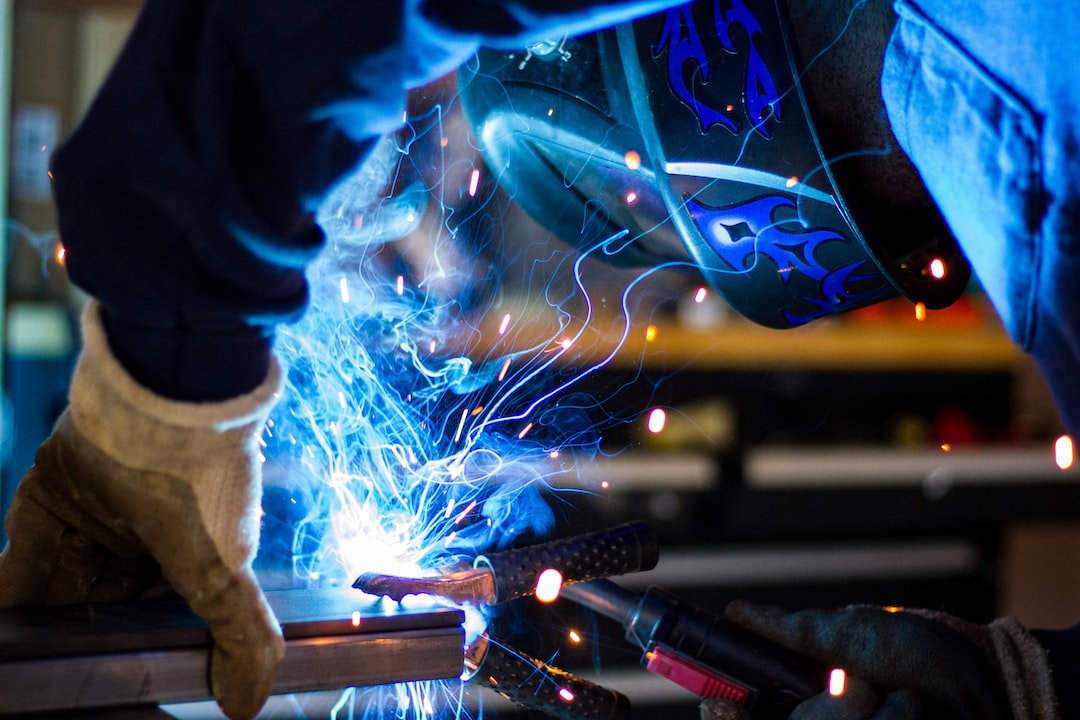The Role of Artificial Intelligence in Predictive Maintenance for Manufacturing
In today’s fast-paced world, manufacturing companies are constantly striving to improve their operations and minimize downtime. One key strategy that has emerged in recent years is predictive maintenance. By using advanced technologies such as artificial intelligence (AI), manufacturers can better predict when equipment is likely to fail and proactively address issues before they cause significant disruptions.
Predictive maintenance essentially involves using data and analytics to identify patterns and trends that can lead to equipment failure. Traditionally, manufacturers have relied on preventive maintenance, which involves regularly scheduling maintenance tasks regardless of the actual condition of the equipment. While this can help prevent unexpected breakdowns, it often leads to unnecessary maintenance and wastage of resources. In contrast, predictive maintenance allows manufacturers to optimize their maintenance schedules, reduce costs, and increase overall equipment effectiveness.
Artificial intelligence plays a pivotal role in predictive maintenance by analyzing vast amounts of data in real-time. By monitoring equipment performance and capturing data from sensors embedded in machinery, AI systems can detect anomalies and identify potential failures before they occur. These systems utilize machine learning algorithms to continuously learn from the data, becoming better at predicting and preventing failures as they gather more insights.
One example of how AI is transforming predictive maintenance is through the use of condition-based monitoring. Traditionally, maintenance teams would perform routine inspections and checklists to identify signs of wear and tear. Today, AI-powered systems can automatically collect and analyze data on factors such as temperature, vibration, and energy consumption to detect any deviations from normal operating conditions. This allows manufacturers to detect early signs of equipment deterioration and schedule maintenance tasks at the most convenient time, rather than relying on fixed maintenance schedules.
Another way AI contributes to predictive maintenance is through the use of predictive algorithms. These algorithms can forecast equipment failure based on historical data and patterns. By analyzing data from similar equipment and comparing it with real-time data, AI systems can predict when a specific machine is likely to fail. This enables manufacturers to take preventive action, such as replacing a component or adjusting operating parameters, before a breakdown occurs.
The implementation of AI in predictive maintenance brings numerous benefits for manufacturing companies. Firstly, it reduces downtime and production losses by minimizing unexpected breakdowns. By identifying potential failures in advance, manufacturers can schedule maintenance activities during planned downtime, ensuring that production is not disrupted. This leads to improved operational efficiency and increased productivity.
AI-enabled predictive maintenance also optimizes the use of resources and reduces maintenance costs. Instead of performing unnecessary maintenance on all equipment, manufacturers can prioritize their efforts based on the actual condition of each machine. This leads to cost savings by reducing the number of scheduled maintenance tasks and preventing unnecessary component replacements.
Furthermore, AI can provide valuable insights and recommendations to optimize maintenance strategies. By analyzing historical maintenance data, machine learning algorithms can identify patterns and trends that were not apparent to human operators. This information can help manufacturers make more informed decisions about maintenance intervals, spare parts inventory, and equipment upgrades, ultimately leading to better overall equipment performance and cost savings.
In conclusion, artificial intelligence plays a crucial role in predictive maintenance for manufacturing. By harnessing the power of data and analytics, AI systems can monitor equipment performance, detect anomalies, and predict failures. This allows manufacturers to proactively address maintenance issues, minimize downtime, and optimize resource utilization. With the continued advancement of AI technology, we can expect predictive maintenance to become even more efficient and effective, leading to significant benefits for manufacturing companies worldwide.

